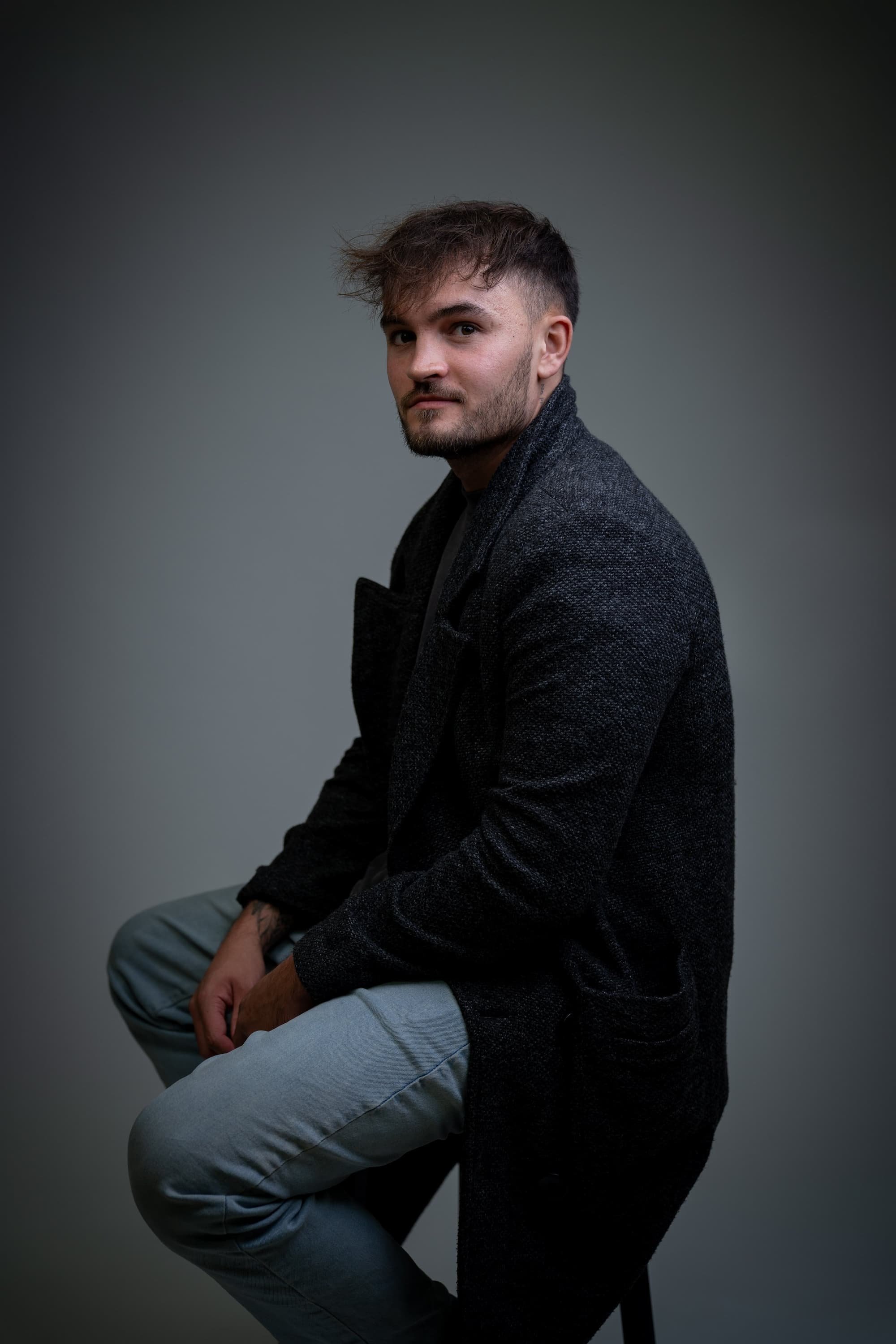Buzz Haven: Your Source for Trending Insights
Stay updated with the latest buzz in news, trends, and lifestyle.
Capture Those Faces: Portrait Photography Secrets You Didn't Know
Uncover stunning portrait photography secrets that will transform your skills and captivate every face. Start capturing magic today!
Mastering Lighting: The Key to Stunning Portraits
When it comes to mastering lighting, understanding the basics is essential for capturing stunning portraits. Good lighting can turn a mediocre shot into a work of art, and a few simple techniques can dramatically elevate your photography. Start by considering the direction of light; for example, soft natural light during golden hour can add warmth and depth to your images. If you're shooting indoors, use window light to create a flattering, even illumination on your subject's face. Remember, the right lighting not only highlights the subject’s features but also sets the mood for the entire portrait.
Experimenting with artificial lighting can also yield impressive results. Using diffusers, reflectors, or even basic studio lights can help you achieve the perfect exposure and reduce harsh shadows. A popular technique is the Rembrandt lighting effect, where one side of the subject's face is well-lit while the other is cast in shadow, creating a dynamic and captivating portrait. Additionally, always pay attention to your background and how the lighting interacts with it. By investing time in learning and experimenting with different lighting setups, you'll be well on your way to mastering lighting and producing captivating portraits that leave a lasting impression.

5 Essential Tips for Posing Portraits Like a Pro
Posing portraits like a pro requires a keen understanding of body language and angles. Tip 1: Always ensure that your subject is comfortable. An at-ease model will naturally radiate confidence. Tip 2: Pay attention to the shoulders and posture. Slightly tilting the shoulders and turning the body at an angle towards the camera can create a more dynamic and flattering composition.
Moreover, consider the use of hand placements and facial expressions. Tip 3: Encourage your subject to experiment with different hand positions; having hands on the hips or gently resting them in pockets can create a more relaxed and engaging look. Tip 4: Facial expressions are equally important; suggest a range of emotions to capture genuine moments. Finally, Tip 5: utilize natural light to your advantage; soft, diffused lighting can enhance features and create a professional quality that is hard to replicate in other conditions.
What Makes a Great Portrait? Unveiling the Secrets Behind Captivating Faces
A great portrait captures not just the likeness of a subject but also their essence, revealing the personality and emotions that lie beneath the surface. Lighting plays a crucial role in this process, as it can dramatically influence the mood and tone of the image. Soft, diffused lighting tends to flatter subjects, while harsh shadows can add depth and drama. Additionally, the composition of the portrait is essential; the rule of thirds is a classic guideline that can help in placing the subject in a way that draws the viewer’s eye and creates a sense of balance within the frame.
Another key element that contributes to a captivating portrait is the expression of the subject. A genuine smile or a contemplative gaze can convey powerful emotions that resonate with viewers. Engaging your subject in a conversation or prompting them to think about a fond memory can elicit these natural expressions. Lastly, consider the background and setting; it should complement the subject without distracting from them. A harmonious background enriches the overall portrayal, making the portrait not just a photograph, but a storytelling piece.